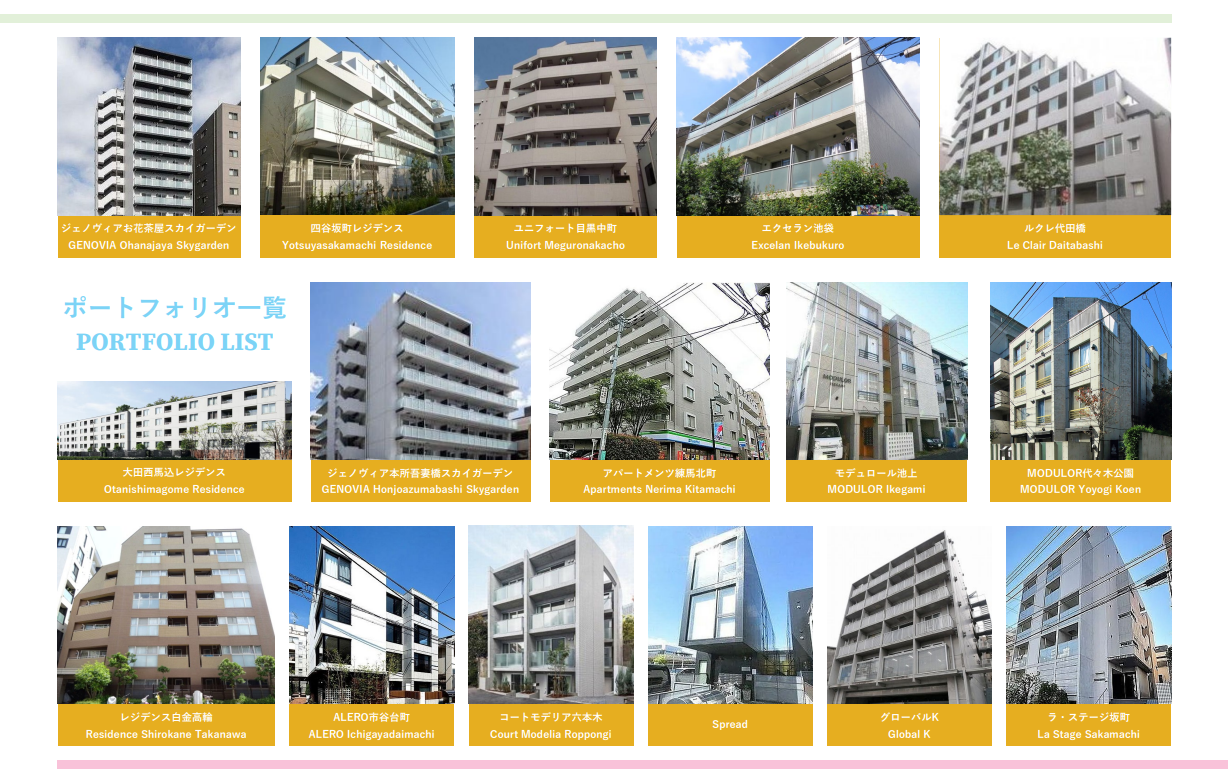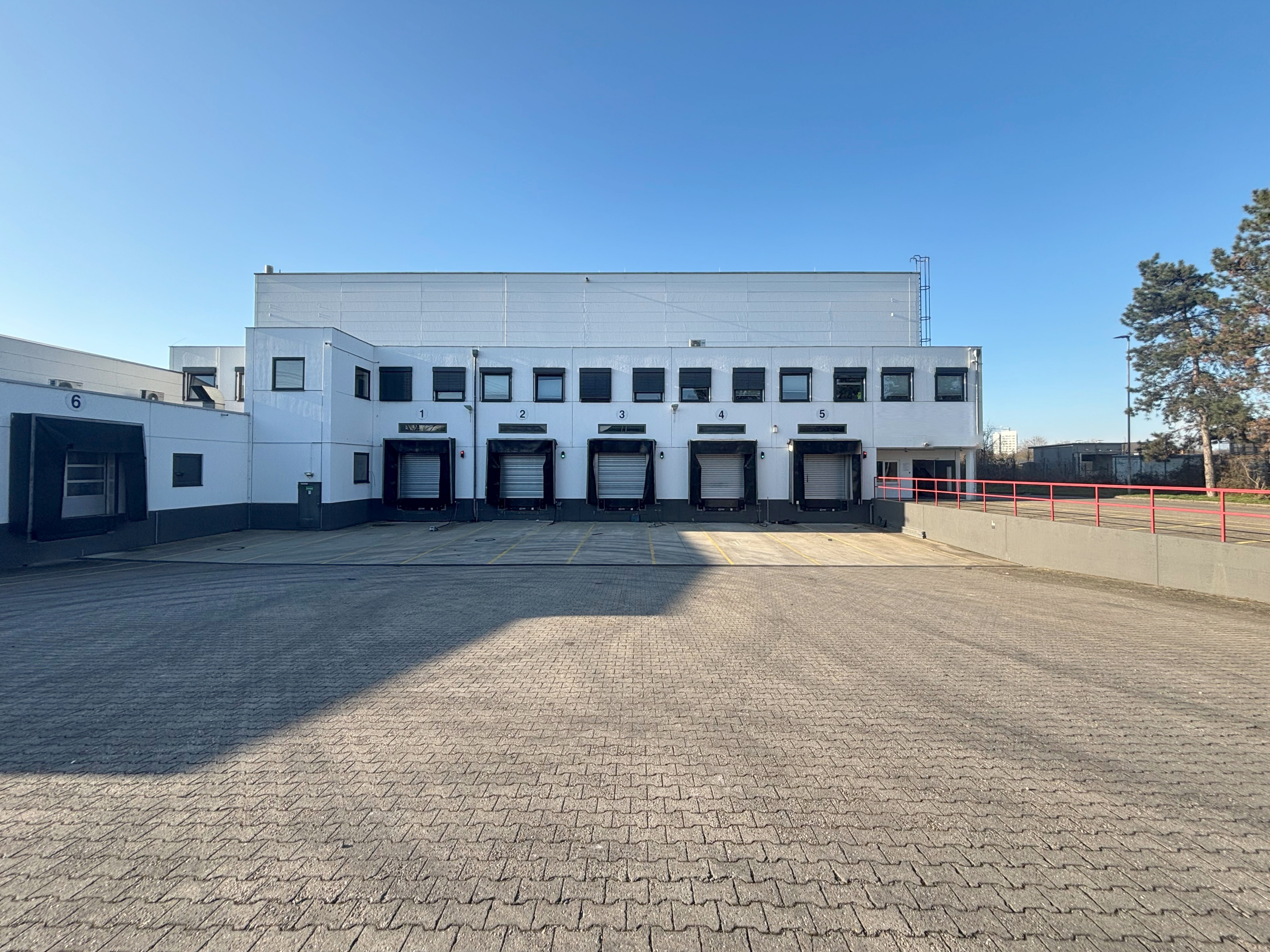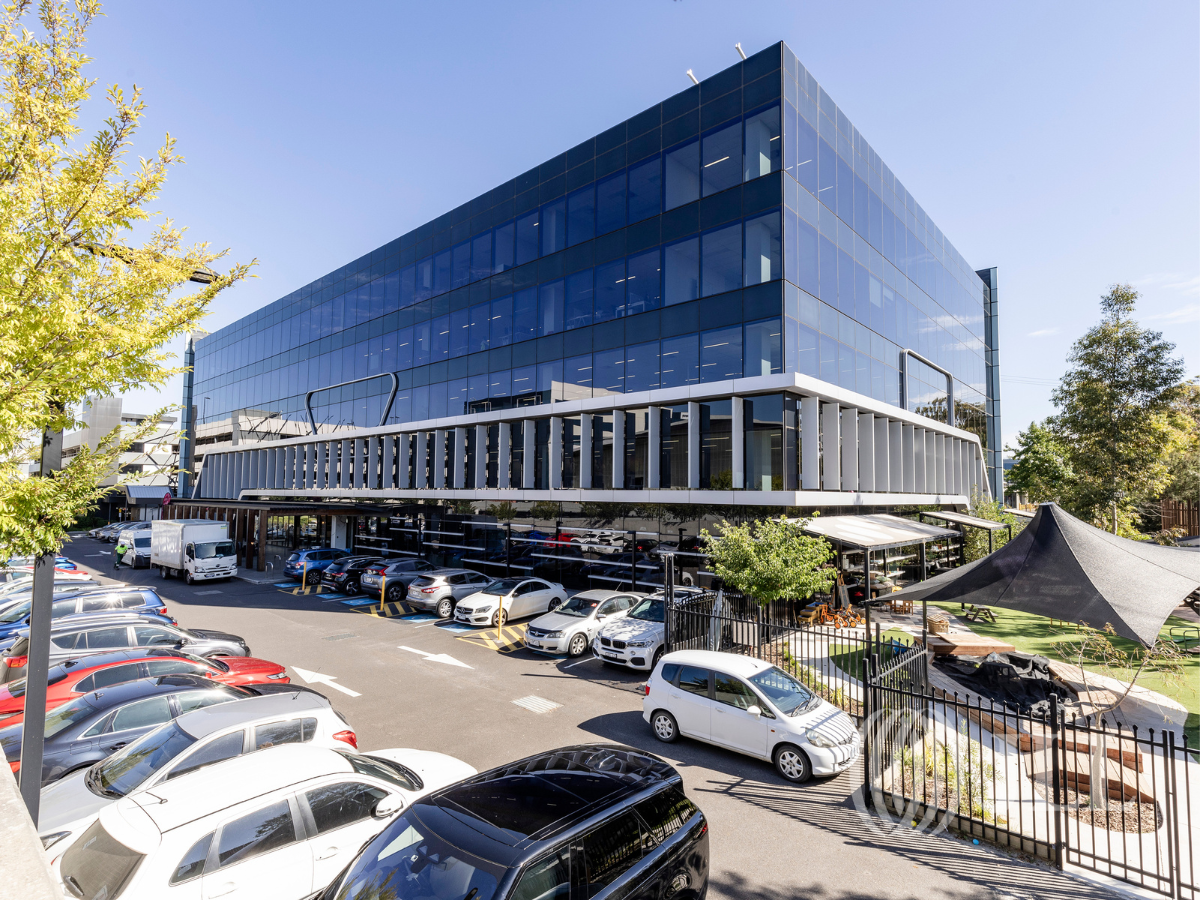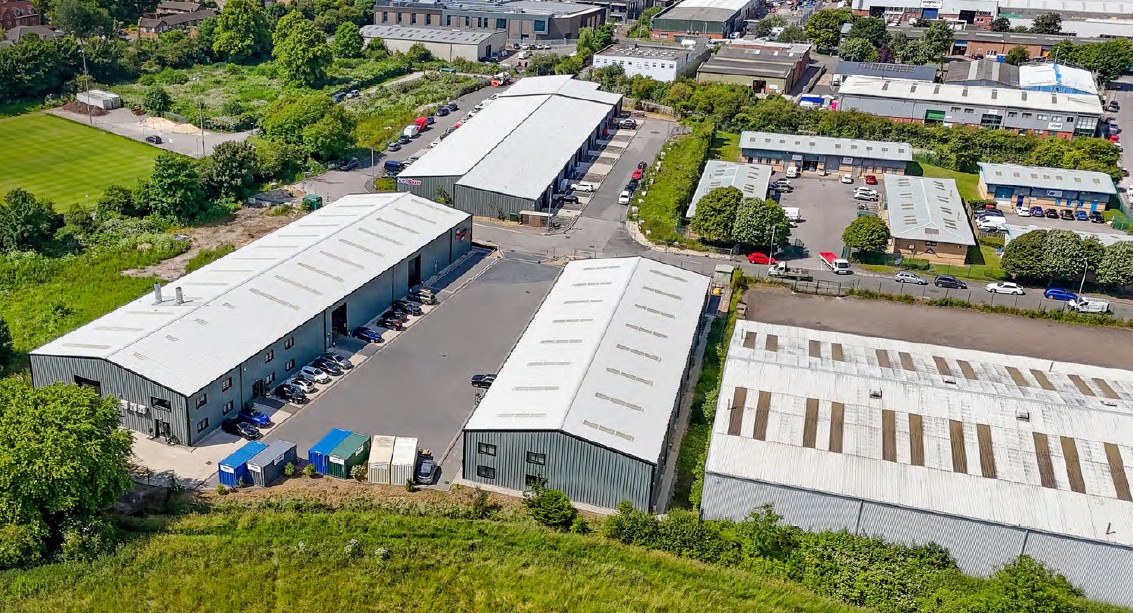Battery Storage co-location: Shaping the Evolution of Polish Solar PV Industry?
Poland's solar PV industry faces profitability challenges, but co-locating Battery Energy Storage Systems offers a promising solution to enhance grid stability and project returns.
- Patrycja Stpiczynska
- Vladislav Bystritckii
In recent years, Poland's solar PV sector has experienced significant growth, partially due to wind development being hindered by the "10H rule" from 2016 to 2023. However, this rapid expansion has led to negative consequences.
Solar PV peak production hours (around noon) are mismatched with electricity peak demand hours (around morning and evening), which causes energy oversupply and negative pricing for Solar PV farms, also known as price cannibalization. Additionally, the unstable production profile of solar PV and onshore wind plants has necessitated their forced occasional disconnection from the grid that needs to be balanced constantly - a process known as curtailment. Since early 2024, its significance has increased dramatically. According to market experts, the level of curtailment might reach more than 10% in the next years. Solar PV price cannibalization and curtailment events have reduced the profitability of solar PV farms, significantly impacting their valuations.
However, there is a way to address the key hurdles related to the Solar PV projects. Co-locating Battery Energy Storage Systems (BESS) with solar PV offers the most effective solution for improving solar PV profitability. In this article, we will explore the essential aspects of BESS co-location, its modeling, and the major challenges that persist in the Polish renewables market, drawing on JLL experience in advising on BESS transactions both in Poland and other European countries.
Key Benefits of Co-locating BESS with Solar PV
Co-locating BESS with solar PV installations offers several advantages.
BESS limits revenue losses caused by curtailment event. Curtailment – when solar PV and/or onshore wind plant is forced to disconnect from the grid to maintain its stability in the event of significant energy oversupply. It can vary between locations and DSOs in terms of its duration. According to the JLL analysis, co-located BESS can absorb a significant amount of production output that could be wasted due to curtailment – thus, BESS helps to decrease the potential revenue losses and increase solar plant utilization rate and IRR as more energy is used rather than be wasted. Additionally, BESS can provide ancillary services such as frequency regulation and reactive power support, which can enhance grid flexibility and reduce the reliance on curtailment for stabilizing the grid.
BESS can enhance the profitability of solar plants. Solar PV typically produces peak energy during periods of low demand, often resulting in negative pricing due to market dynamics. BESS offers a solution by storing this excess energy and selling it back to the grid during high demand in morning and evening hours, turning potential losses into profits through higher pricing. Furthermore, BESS reduces overall project risk by diversifying income sources. It generates revenue through multiple channels, including capacity market contracts, ancillary services like Frequency Containment Reserve (FCR), and merchant sales. A significant advantage of BESS is its potential to optimize revenue streams using sophisticated algorithms integrated into its management system. Based on the JLL experience, the operation of BESS can be further fine-tuned by factors such as determining the optimal number of daily cycles and selecting the most effective daily strategy. This decision-making process should consider multiple variables, including the project’s technical specifications, weather data, and energy price fluctuations.
BESS increases the chances of receiving the Grid Connection Conditions (GCC). Integrating BESS with solar PV installations addresses a critical hurdle in project development: securing Grid Connection Conditions (GCC). Distribution System Operators (DSOs) have been hesitant to grant GCCs to standalone solar projects, leading to numerous rejections in recent years. However, co-located projects that combine solar PV with BESS have a higher likelihood of obtaining GCC. This is because BESS contributes to grid stability by storing excess energy for later use, effectively balancing power generation and consumption patterns during PV peak production hours.
Looking for more insights? Never miss an update.
The latest news, insights and opportunities from global commercial real estate markets straight to your inbox.
How co-location impacts the project’s profitability?
Based on the JLL extensive experience in financial modelling of co-located assets, we have identified the number of synergies related with the co-location of the projects. Co-locating BESS with solar PV projects can improve profitability materially in several ways:
- Grid connection costs can be substantially reduced compared to two standalone PV and BESS projects.
- Revenue synergies emerge, notably reducing the losses due to curtailment event and providing long-term hedge against solar PV price cannibalization.
- Incorporating BESS into the development process typically doesn't incur significant additional costs, while providing economic benefits and scale during the joint procurement process.
However, there are also considerations that may affect project valuation:
- The cost of capital for BESS is generally higher than for solar PV. Some investors might apply a blended rate to value co-located projects, potentially decreasing overall project’s valuation.
- Given the potential for export conflicts – instances where both BESS and Solar PV systems simultaneously export energy to the grid through a single connection point – it is prudent to apply an availability reduction factor (haircut) to BESS, with its magnitude primarily dependent on specific technical attributes of the project (e.g. BESS to PV sizing ratio).
Investment Opportunities
What are the main strategies for co-locating BESS with Solar PV?
There are basically two ways to integrate Solar PV with BESS. These systems are connected to each other either at the point of generating/storing the energy with direct current (DC-coupled system) or at the point of exporting energy to the grid via alternating current (AC-coupled system).
Each coupling method has its own benefits and challenges, summarized in the table below:
| AC coupled | DC coupled | |
|---|---|---|
| Route-to-market | Two separate contracts as for two facilities | Integrated contract as for single facility |
| Revenue Modelling | Separate for PV and BESS , blended trading strategy, e.g. long-term CfD for solar PV and lucrative merchant arbitrage for BESS | PV and BESS combined; tailor-made revenue curves based on BESS size and plant design |
| Advantages | ✔ System flexibility: trade together or independently ✔ Suitable for further capacity scaling – common solution |
✔ Power efficiency – BESS is directly charged with no conversion ✔ Simple integration and efficiency (less inverters and switchgear & cabling) |
| Disadvantages | • Less energy efficient due to multiple AC/DC conversions • Export conflict – in case the BESS is oversized |
• Less flexibility in terms of power management and revenue strategies • In case of scaling a complex technical adjustment required (rewiring etc) |
| © 2024 Jones Lang LaSalle IP, Inc. All rights reserved.




